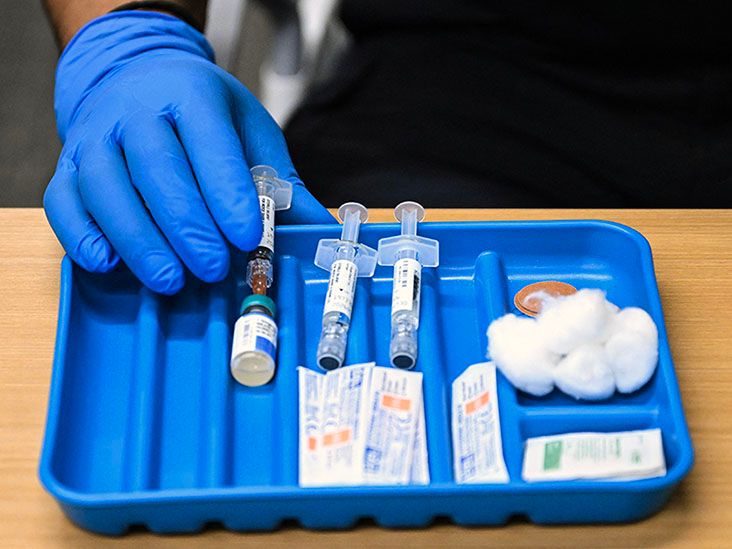The Medicare donut hole was a colloquial term for a gap in prescription drug coverage in Medicare Part D. However, as of 2025, Medicare has closed the donut hole and replaced it with a cost cap.
Medicare Part D is the portion of Medicare that helps a person pay for prescription drugs. A person enrolled in Medicare does not have to choose Medicare Part D. However, they must have some other prescription drug coverage, usually through private or employer-based insurance.
Glossary of Medicare terms
- Out-of-pocket cost: This is the amount a person must pay for care when Medicare does not pay the total amount or offer coverage. Costs can include deductibles, coinsurance, copayments, and premiums.
- Premium: This is the amount of money someone pays each month for Medicare coverage.
- Deductible: This is an annual amount a person must spend out of pocket within a certain period before Medicare starts to fund their treatments.
- Coinsurance: This is the percentage of treatment costs that a person must self-fund. For Medicare Part B, coinsurance is 20%.
- Copayment: This is a fixed dollar amount a person with insurance pays when receiving certain treatments. For Medicare, this usually applies to prescription drugs.

As of December 31, 2024, Medicare officially closed the Part D donut hole.
On January 1, 2025, a new out-of-pocket cost cap replaced the Part D donut hole. This new cap means that when a person reaches an out-of-pocket expense of $2,000, they will no longer have to pay anything for their prescription drugs for the rest of the year.
This new cap helps to give some Part D beneficiaries lower out-of-pocket costs, which may help to encourage them to continue taking their medications.
Read about Part D costs.
The closing of the Part D donut hole helped to make way for three new Part D stages.
Deductible stage
Many Part D plans will have a deductible. This is an amount you have to meet each year before Medicare will begin paying for your prescription drugs.
Each Part D plan may have different deductibles, as they are provided by private insurance companies. However, in 2025, no plan can have a deductible that exceeds $590.
Initial coverage stage
Once a person reaches their Part D plan’s deductible, if there is one, they enter the initial coverage stage. In this stage, an individual is responsible for 25% of both their generic and brand name drug costs.
Catastrophic coverage
Once a person reaches the out-of-pocket cap of $2,000, they automatically enter catastrophic coverage.
During catastrophic coverage, an individual does not have to pay anything for their prescription drugs for the rest of the year.
Another new change to Part D plans in 2025 is the introduction of the prescription payment plan.
This plan is designed to help people manage their out-of-pocket expenses. However, it does not lower drug costs or save them money.
The prescription payment plan is a payment option that allows a person to spread the cost of their prescription drugs out over the course of the calendar year (January to December). If an individual chooses this plan, they continue to pay their monthly premium if they have one, and they will receive a bill from their health or drug plan to pay for their prescriptions instead of paying at the pharmacy.
All Part D plans offer this option and participation in it is voluntary. Individuals can contact their Part D insurer for more information and to decide if this plan is right for them.
The term donut hole referred to the way a person needed to pay for coverage.
A person paid a specified amount for their prescription drugs, and once they met this deductible, their plan took over the funding.
However, when the plan had paid up to a specified limit, the person had reached the donut hole.
Once they reached this point, a person had to start paying for their medications again until they reached another specified amount. After this, their plan took over payment once again.
The issue with the donut hole was that many people in the United States stopped taking their medications upon reaching the donut hole because they could not afford to pay the high costs of the drugs. They often had to pay thousands of dollars for prescription drugs until they crossed this coverage gap.
However, once a person crossed the donut hole, they reach “catastrophic coverage.” Once they reached this stage, they only needed to pay about 5% of the cost of the prescription drugs. However, for many people in the U.S., getting to the stage of catastrophic coverage was problematic or impossible.
Medicare resources
For more resources to help guide you through the complex world of medical insurance, visit our Medicare hub.
The Medicare Part D donut hole was a term to describe the prescription coverage gap. However, as of 2025, the donut hole was closed.
It was replaced with an out-of-pocket spending cap. This means when a person reaches a spending limit of $2,000, they enter catastrophic coverage and no longer have to pay anything for their prescriptions for the rest of the year.


